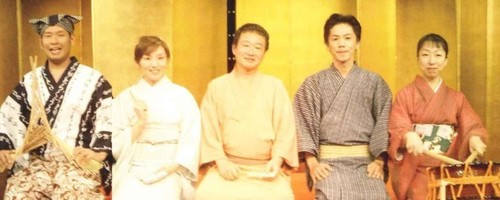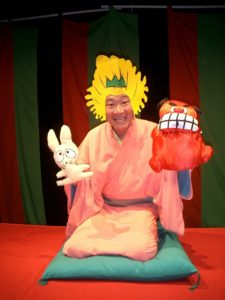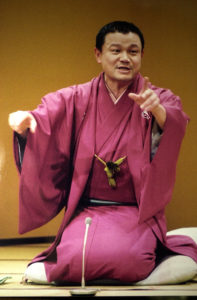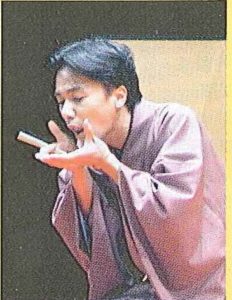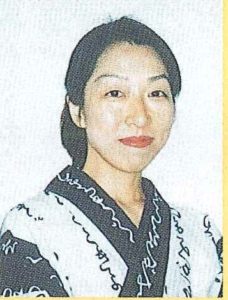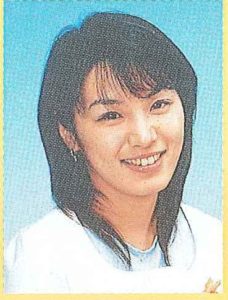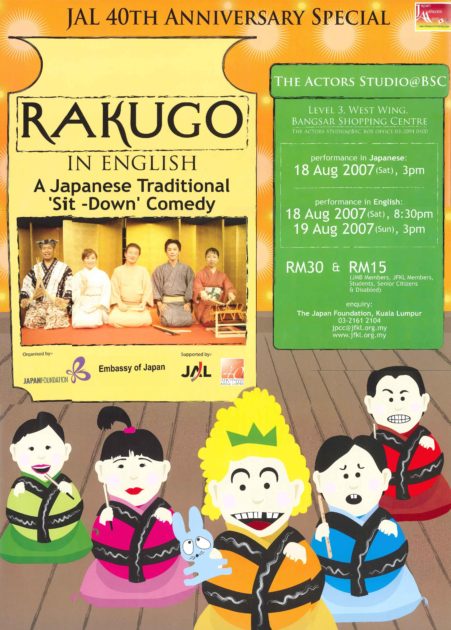Japan Airlines 40th Anniversary Special
RAKUGO in English 「英語落語」
? A Japanese Traditional “Sit-down” Comedy
A-must-see RAKUGO in English will be back again to amuse Malaysians with their “Japanese sense of humour.” Are you doubtful on it? Then you have to come and watch it with your own eyes!
RAKUGO or described as Japanese traditional “Sit-down” comedy, is the monodrama with funny stories. Having its origin in 16th century and established during Edo era (17-18th century), RAKUGO has been verbally passed down through one generation to another.
The performances in Kuala Lumpur in 2002, 2003 and 2005 had brought a lot of laughter to Malaysian audiences. Reflect to the very well response of the previous performances, The Japan Foundation, Kuala Lumpur brings them again to Malaysia to introduce completely brand new funny stories which will be performed in English.
This event is organised by The Japan Foundation, Kuala Lumpur with the support of Japan Airlines.
KUALA LUMPUR
Date & Time:
18 (Sat) August 2007 @ 3pm (performed in Japanese) & 8:30pm
19 (Sun) August 2007 @ 3pm
Venue:
The Actors Studio@BSC
Level 3, West Wing, Bangsar Shopping Centre
Ticket:
RM30, RM15 (JMB Members, JFKL Members, Students, Disabled & Senior Citizens)
available at The Actors Studio@BSC box office 03-2094 0400
Enquiry:
The Japan Foundation, Kuala Lumpur
Tel: 03-2161 2104
Email: jpcc@jfkl.org.my
PENANG
Date & Time: 17 August 2007 (Fri), 8:45pm
Venue: Dewan Budaya in Universiti Sains Malaysia (USM)
Admission: FREE
* Reservation is required due to limited venue capacity
** Reservation number will be given upon your call
*** Walk in patrons will be accommodated if space allows
Reservation: Tel.: 04-653 3888 ext. 3621/4319 Pusat Pengajian Seni, USM
What is RAKUGO 落語?
RAKUGO, Topper Story in literal meaning, is the Japanese traditional comedy monodrama. Performers sit on a small mattress in front of the audience and act out stories with a comic style and structure. In RAKUGO, the performer can be a narrator, but usually performs the actual characters in the story. These characters converse without a narrator coming between them. The challenge for the performer is switching from one distinct character to another. Each character represents exaggerated aspects of the human personality, which we can all readily related to. The predicaments, which they find themselves in, are part of everyday life.
To view the programme booklet, click here.


